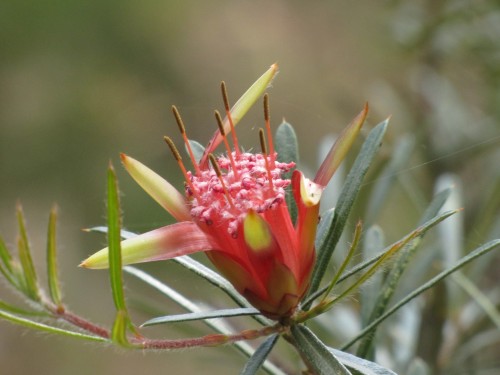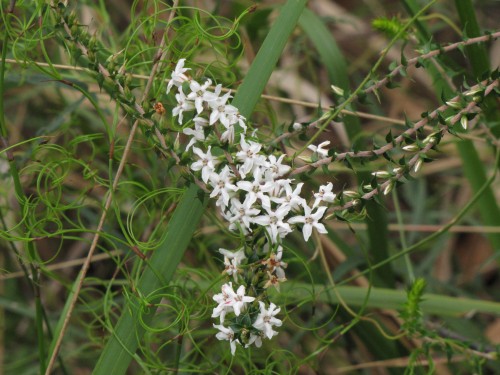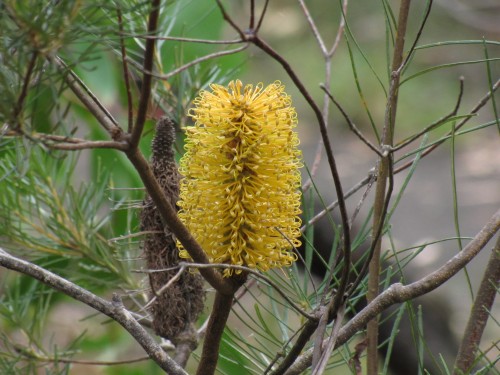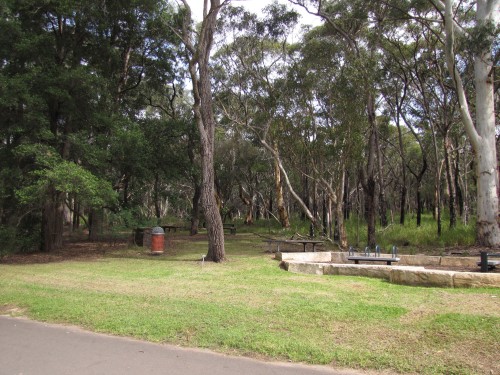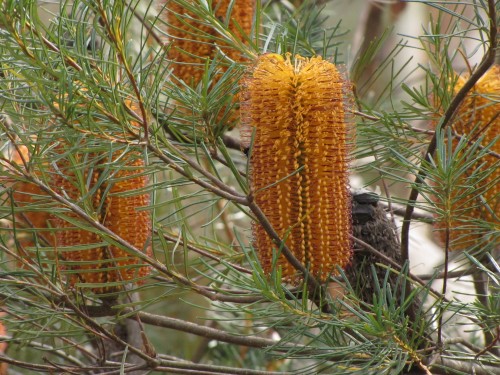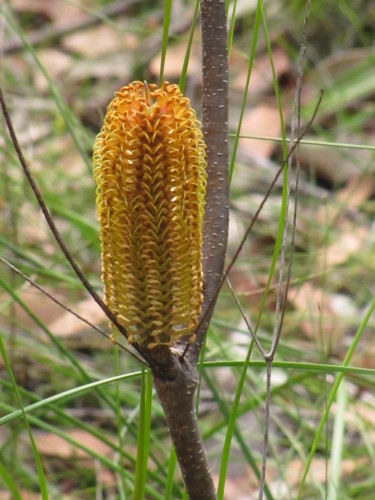Ku-ring-gai Wildflower Gardens, St Ives
A few days ago I shared some photos of wildflowers taken in the Ku-ring-gai Wildflower Gardens. Today I am sharing a few more. These gardens are in St Ives just off the Mona Vale Road in the northern parts of the Sydney. On quite a few occasions in recent years my wife and I have visited this lovely spot because it is only about a half hour drive from my son’s home. My wife enjoys seeing what wildflowers are out and I enjoy doing a spot of photography and bird watching. It is also a great place to have a picnic, barbecue or just stroll in the bushland.
Natural bushland
While a small part of the gardens has been planted by the local council and other interest groups, the main part of the gardens consists of natural bushland. This is one of the things I find fascinating about the natural environment in many parts of Sydney. It is comparatively easy to find large sections of natural bushland right next to intensive housing or industrial areas. In many places the natural ruggedness of the bushland does not lend itself easily to building homes, and in other areas large portions have been preserved in national parks for everyone to enjoy.
Ku-ring-gai Wildflower Garden, Sydney
Earlier this year we visited family in Sydney. We love spending time with our grandchildren but we also love going out to see various places around Sydney on days when the children are not home. One of the places we love visiting is the Ku-ring-gai Wildflower Gardens just off Mona Vale Road in St Ives in the northern parts of the city. We have visited on quite a number of occasions and it is only about a half hour drive from my son’s home.
On the last occasion we visited – just after Easter – we took a picnic lunch with us and ate in one of the designated picnic areas as shown in the photo above. There are several other picnic areas in the gardens. The term ‘gardens’ is a little bit of a misnomer. Sure, the local council and a friends group as well as other interest groups such as the Australian Plants Society have been busy planting and maintaining sections where visitors can see some of our wonderful Australian native plants. The vast majority of the ‘gardens’ is actually uncleared natural bushland boasting a great range of local plants.
There are many good paths leading through interesting sections of the gardens, some of them suitable for wheelchairs. In coming days I will share a few more photos I took on this recent visit.
Busy, busy, busy
Apologies to my loyal readers.
I’ve haven’t posted here for quite a few weeks – I’ve been very busy and then I went away for a few weeks caravanning with my wife and some dear friends. Like the photo of the autumn leaves above, I have quite a few new photos to share here. While I didn’t go snap happy, I did get some great shots of the Victorian high country, as well as autumn leaves in several centres such as Bright and Mt Beauty.
I’ll get to those photos and travel experiences in a few weeks. In the meantime, I still have quite a few photos of our trip to Morocco to share here, so in the coming days, expect more of those.
Street decoration, Kasbah des Oudaias, Rabta, Morocco
While wandering through the twisting streets of the Kasbah des Oudaias in Rabat, Morocco, I came across this beautiful pot complete with flowering plants. This area of the city is closely populated with little room for gardens. Like many people living in such situations, they love to grow plants in pots or window boxes.
Entoto Natural Park, Addis Ababa, Ethiopia
During our two week stay in Addis Ababa last December, we hired a driver to take us to Mount Entoto Natural Park. Much of the city is at an altitude of about 2500 metres and is ringed by a chain of mountains reaching up to about 3100 metres.
When we left the school campus where our daughter was teaching last year it was a pleasantly mild day, probably about 20C with a clear sky. As we drove to the top of the mountain over the next hour, the temperature progressively dropped and was quite chilly at the top.
Along the way we drove through a dense eucalyptus forest. It was a bizarre feeling, almost as if we were driving through the Adelaide Hills here in South Australia – yet we were in Ethiopia. These trees were planted in the late 1800s as firewood became scarcer in the surrounding hills. More were planted over the next 50 or so years and they remain the dominant tree in the greater Addis Ababa area. They are ideally suited to the soil and climate, and provide much needed safeguards against erosion. They also provide much needed supplies of firewood and building materials for local people.
